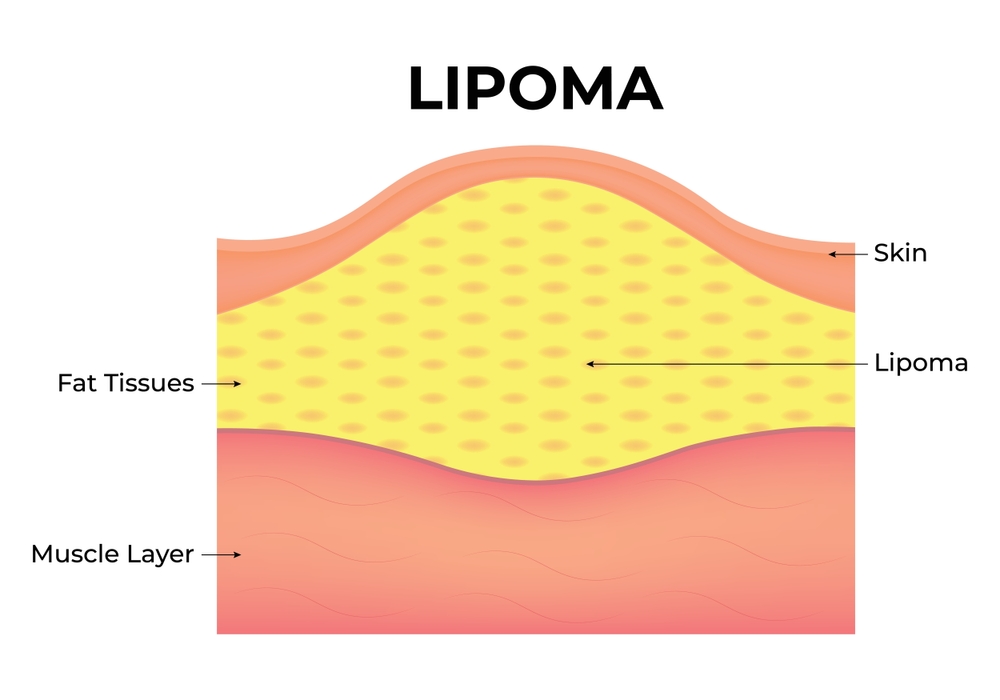If you’ve ever noticed a soft, movable lump under your skin, you may have wondered, “Is this something serious?” One common cause could be a lipoma – a benign (non-cancerous) growth of fatty tissue. While generally harmless, understanding its symptoms and treatment options is key to staying proactive about your health.
In this blog, we’ll explore what a lipoma is, why it forms, how to recognize it, and when to consider lipoma treatment.
What Is a Lipoma?
A lipoma is a benign tumor composed of fat cells that grow slowly beneath the skin. It usually feels soft, doughy, and can move slightly when you press it. Lipomas are not cancerous and rarely become malignant.
They commonly appear on the:
-
Neck
-
Shoulders
-
Back
-
Arms
-
Thighs
Though usually painless, lipomas can be uncomfortable if they grow large or press on nearby nerves.
Causes of Lipoma
While the exact cause of lipomas is unknown, several factors are believed to increase the risk:
-
Genetic predisposition: They often run in families.
-
Middle age: Most lipomas appear between ages 40 and 60.
-
Trauma or injury: In some cases, lipomas develop after a physical injury, though this link is still debated.
It’s important to note that a fatty lump under skin does not always indicate a lipoma; other conditions like cysts or swollen lymph nodes may appear similar.
Common Symptoms of Lipoma
Here are some typical features of a lipoma:
-
A soft, rubbery lump under the skin
-
Moves easily when touched
-
Usually painless (unless pressing on nerves or located near joints)
-
Grows slowly over months or even years
-
Typically less than 2 inches in diameter (though some can grow larger)
If you notice multiple lumps, this may be a condition called familial multiple lipomatosis and should be evaluated by a healthcare provider.
When Should You Worry About a Lipoma?
In most cases, lipomas are harmless and do not require treatment. However, seek medical attention if:
-
The lump grows rapidly
-
It becomes painful or tender
-
It feels firm or immobile
-
You notice skin changes over the lump
-
You have multiple lipomas forming
These symptoms could indicate a different condition or a rare type of liposarcoma (a cancerous fatty tumor), though this is extremely uncommon.
Lipoma Treatment Options
While most lipomas don’t need treatment, you may consider removal for cosmetic reasons or if it causes discomfort.
Common lipoma treatment methods include:
-
Surgical removal: The most effective and permanent option.
-
Liposuction: A less invasive method using suction to remove fat.
-
Steroid injections: May shrink the lipoma but rarely remove it completely.
Always consult a dermatologist or surgeon to determine the right option for your case.

Final Thoughts
A lipoma is generally a harmless fatty lump under the skin, but it’s always wise to monitor any unusual growths. Early diagnosis and evaluation can help rule out serious conditions and give you peace of mind.
If you’re considering lipoma treatment, speak with a certified medical professional to understand your best options. Remember, not every lump is dangerous—but every concern deserves clarity.


